9 Ideas to Save Endangered Rhino
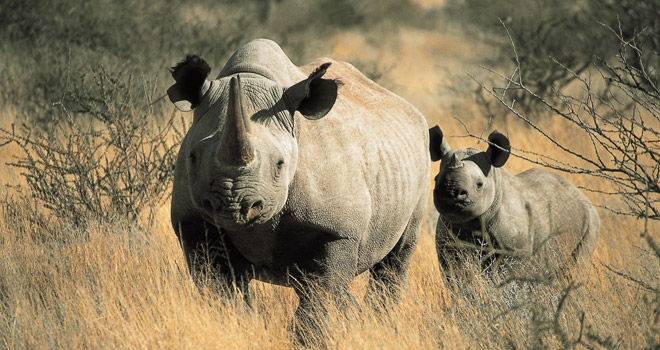
Endangered Rhino
At the beginning of the 20th century there were 500,000 rhinos across Africa and Asia. This fell to 70,000 by 1970, and further to just 29,000 in the wild today. Large-scale poaching of the now critically endangered rhino resulted in a dramatic decline from 65,000 black rhino individuals in 1970 to just 2,300 in 1993. Though this number has increased slowly in the last few years, they are still very much on the ‘at risk’ list. The demand for rhino horn in Vietnam and China continues to grow and we could be looking at no wild rhino by 2020; not something that I want to happen in my lifetime. Many techniques have been used to keep rhinos safe, from physical barriers, to devaluing the horn by dying it pink, to removal of the horn altogether, with varying degrees of success.
How do you save Rhino?
- Dye their horns pink?
- Poison the horn with cyanide?
- Insert a camera into the horn?
- Dehorn the rhino
- Put a prince on the anti-poaching patrol?
- Employ the SAS to train rangers at great expense?
- Physically lift them with a helicopter from an area of danger to a safe haven
- Educate, educate, educate through educational safaris……
- Enter a raffle to win a safari and support rhinos
So what does it take to save the rhino?
-
Dye rhino horn pink
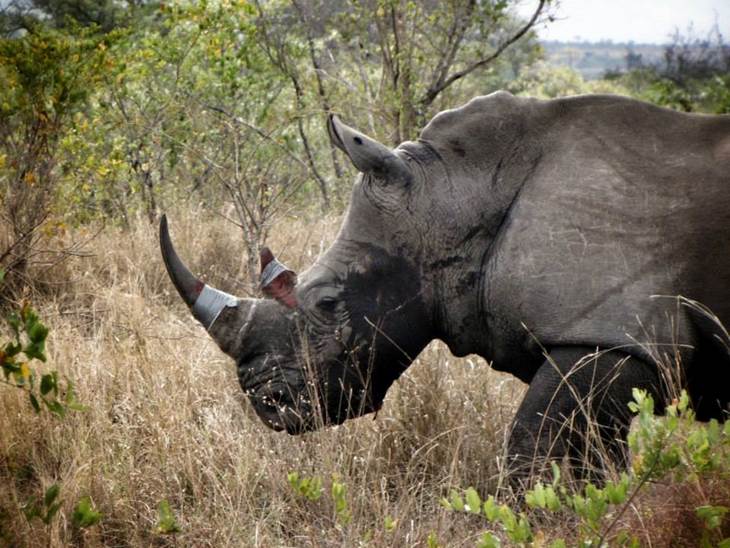
A pink dyed rhino horn image credit Rhino Rescue Project
Some rhino conservationists at the Sabi Sand South African game reserve have been using a pink dye to render worthless the tusks of rhinos there. Of more than 100 rhinos injected with the mixture since 2011, fewer than 2% have been poached, and its success has led to the method being used at other locations. Completely harmless to rhinos, the dye destroys the potential medicinal use of the horn, and shows up on airport scanners even if the horn has been ground into a powder – making it easy to recognise poachers on the spot. As an extra deterrent, a chemical used to kill parasites is added to the dye. It’s totally harmless to this giant animal, but one that causes illness and irritation to humans if they handle it. Read more on TrueActivist website – Pink Rhino Horns #RhinoHorn
“What were you doing when rhinos went extinct?” – Dr. Lorinda A. Hern Rhino Rescue Project
-
Poison the horn?
Some conservationists have tried to poison rhino horn. The idea here is that the rhino is unharmed but that neither poachers or consumers will want to handle poisoned rhino horn. This has had limited success as the poachers simply don’t care if the horn has been poisoned or not and it’s been difficult spreading the message in Asia that the horn may contain poison. Perhaps the most pressing issue is that the rhino needs to be anaesthetised before the horn can be poisoned, and this carries a significant risk to their health. Another snag here is that traditional Chinese medicine is no longer the main driver behind the rhino horn trade. These days a lot of rhino horn is used as a status symbol by wealthy urban businessmen; they may choose to consume the horn, but they will often display the item whole. The use of poison has little impact on those buying rhino horn for ornamental use. Read more on horn poisoning on the Save the Rhino website
-
Insert a camera to the horn?
Rhinos in South Africa have been fitted with a “horn cam”, satellite tracking collars and spy cameras. The system includes a heart monitor and GPS so that if an animal is shot the park rangers are alerted and can be helicoptered to the rhino within minutes. This is being trialled now but has the downsides of requiring expensive equipment and personnel, and the fact that it’s very dangerous to interrupt an often heavily armed and sophisticated poaching gang.
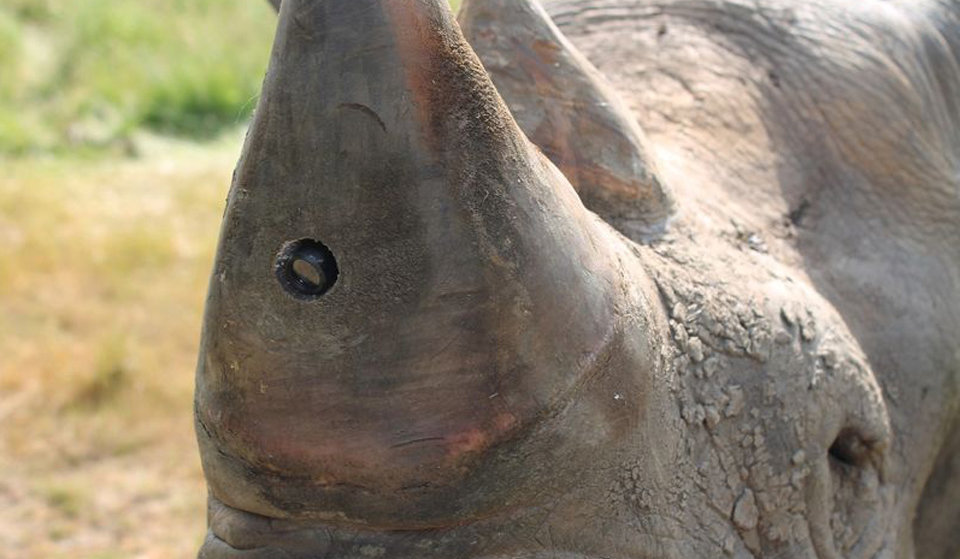
Camera embedded in a rhino horn in South Africa Image Credit Guardian
-
Dehorn the Rhino
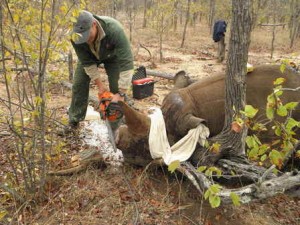
Rhino being dehorned with a chainsaw in South Africa Image Credit: Save the Rhino International
The best place for rhino horn is on a rhino, so I struggle slightly with anything that separates the two. However, projects in South Africa have shown that rhinos are 30{13c8d4b31df5f805556ed83a8829bbffcaa4563894948df0cae38482b102b43c} more likely to survive if their horn is removed. It’s not always been successful though and in Zimbabwe in the 1990s in Zimbabwe poachers shot de-horned rhinos when they came across them so that they didn’t waste time tracking ‘useless’ quarry in the future. For dehorning to be effective, it must be coupled with extensive anti-poaching monitoring as without security rhinos are likely to be poached whether they have been dehorned or not.
-
Put a prince on an anti-poaching mission
There is no doubt that HRH Prince Harry working on the ground with the anti-poaching teams in Kruger, South Africa brings the right sort of publicity to the cause. He is a proactive, hands-on conservationist and his involvement will get a lot of people interested in the fight that Africa faces to save its wildlife. Education is a huge part of this battle.
-
Employ a SAS trained team of rangers
Some conservancies have taken drastic measures to make sure their rhinos are safe. Michael Dyer at Borana lodge in northern Kenya, has employed an ex-army officer to train his rangers in the most sophisticated methods to track poachers. This level of security is very costly and is potentially dangerous work, but it is very effective. Michael has teamed up with the neighbouring Lewa Conservancy and together they have had a huge success rate with almost none of their translocated rhinos being taken. Guests at Borana Lodge can take part in the conservation efforts of the team and see just how determined these dedicated wildlife custodians are to save their rhino. It’s one of Africa’s best success stories and tourist money goes a long way to making the programme here successful.
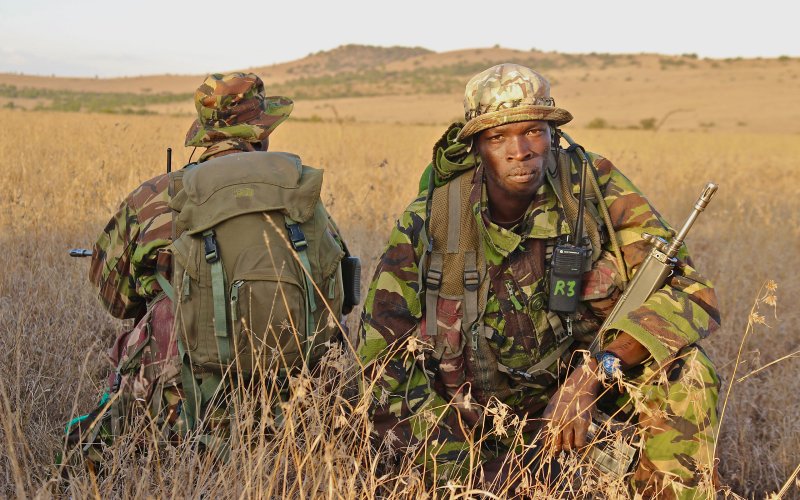
Rangers trained by SAS ex-army officer to learn the best way to track poachers Image credit: Borana Lodge, Kenya
-
Move rhino from risky South Africa to the safe haven of Botswana
In July this year, Wilderness Safaris, in partnership with the Botswana, South African and Zimbabwean Governments, successfully completed the largest ever cross-border translocation of black rhino, during which around 1% of the total global population was moved into a safe haven in Botswana’s Okavango Delta. Around eight international relocations took place during May and June alone, with rhino sourced from five locations in South Africa and Zimbabwe safely transported to Botswana in a Hercules C130 aircraft. Wilderness Safaris’ Rhino Monitoring Officers are now in charge of protecting this significant population, along with a 50 strong unit from the Botswana Defence Force whose sole duty it will be to monitor the rhino 24/7, 365 days a year.
“Knowing that we are dealing with living animals that are so rare and precious and which have been entrusted to us creates a sense of stress and urgency in each person, and yet brings about great satisfaction knowing that what you are doing is important for the species itself, as well as humankind”, says Map Ives, Wilderness Safaris’ Environmental Manager, and National Rhino Coordinator for Botswana
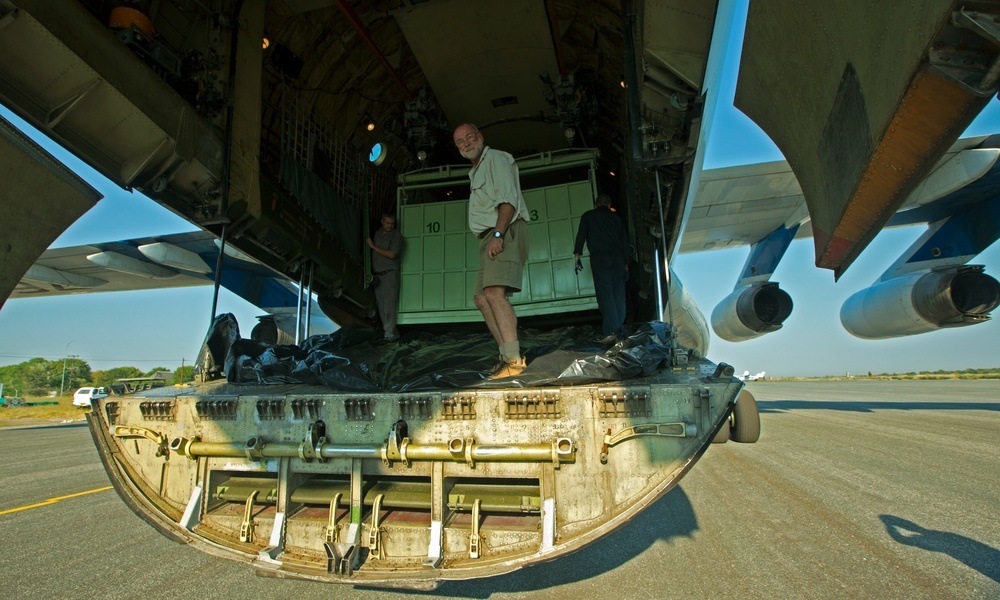
Rhino airlift to safety in Botswana Image credit : Beverly Joubert Great Plains Conservation
-
Educate, Educate, Educate through conservation safaris
Among several lodges to have joined the fight to protect these magnificent creatures is Kwandwe in South Africa’s Eastern Cape. 22,000 hectares of farmland has been reclaimed and named as a protected conservation area into which a number of black and white rhinos have successfully been reintroduced. Guests are encouraged to join a ‘Save the Rhino Drive’ and ‘Rhino Conservation Safaris’, both of which illustrate the real effort and dedication it takes to keep these animals alive. On a conservation safari, guests accompany vets as they track and then dart the rhinos in order to insert microchips into their horn and to have ear notches cut for identification purposes. Important measurements are also taken to keep track of each endangered rhino and monitor their growth.
-
Enter a raffle to support Save the Rhino International – Win an incredible £8,000 five night rhino safari for two to Botswana
Raffle has closed – sign up to our newsletter for offers, tips, exclusive client events and wildlife blogs
Have a look at the blog for details on how to win a wonderful five-night safari for two in Botswana and at the same time help us to raise funds for Save the Rhino International. A £20 donation secures one ticket and the draw will be made on 30th October 2015.
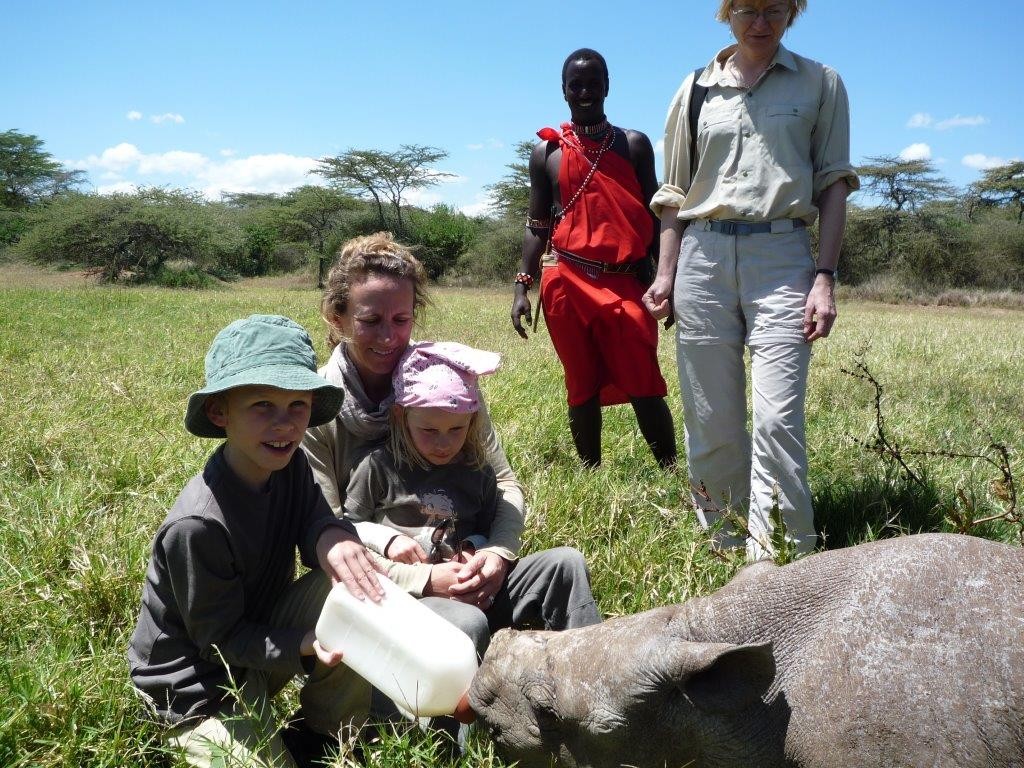
The Spence family children feeding a baby rhino and guide. Image credit: John Spence, Kenya
Conclusion
While all these programmes on African soil are hugely important, education in the countries where rhino horn is highly prized is vital too – none of the incredible efforts in Africa will work while the demand and money is there to procure horn at any cost. Finally, there is the animal itself –there was a famous old bull rhino in the Kruger who killed eight young males, so some say the biggest threat to rhinos are themselves. We must save the rhino, not just for rhino, but because all our wild animals and wild spaces need protection. I had to stop the tears as I took a photo with my three young children and a wild endangered rhino in Kenya three years ago. I just hope in 30 years’ time, they can do the same. Contact my team at Aardvark Safaris to find out more about a rhino safaris and rhino conservation.
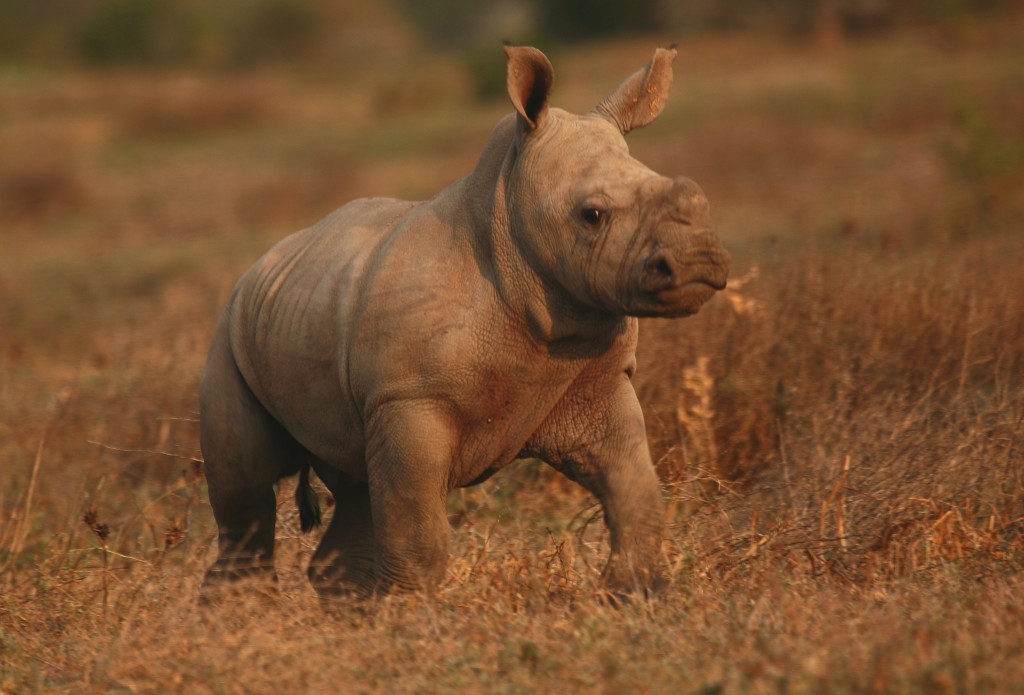
Baby rhino Image credit: Kwandwe Reserve, South Africa
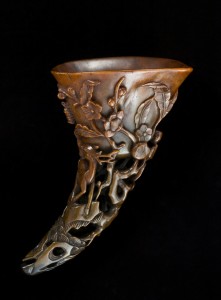
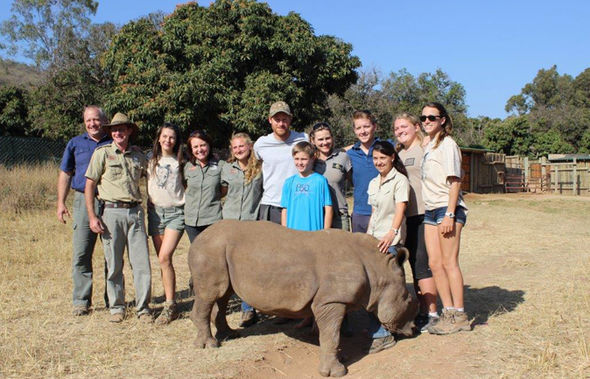
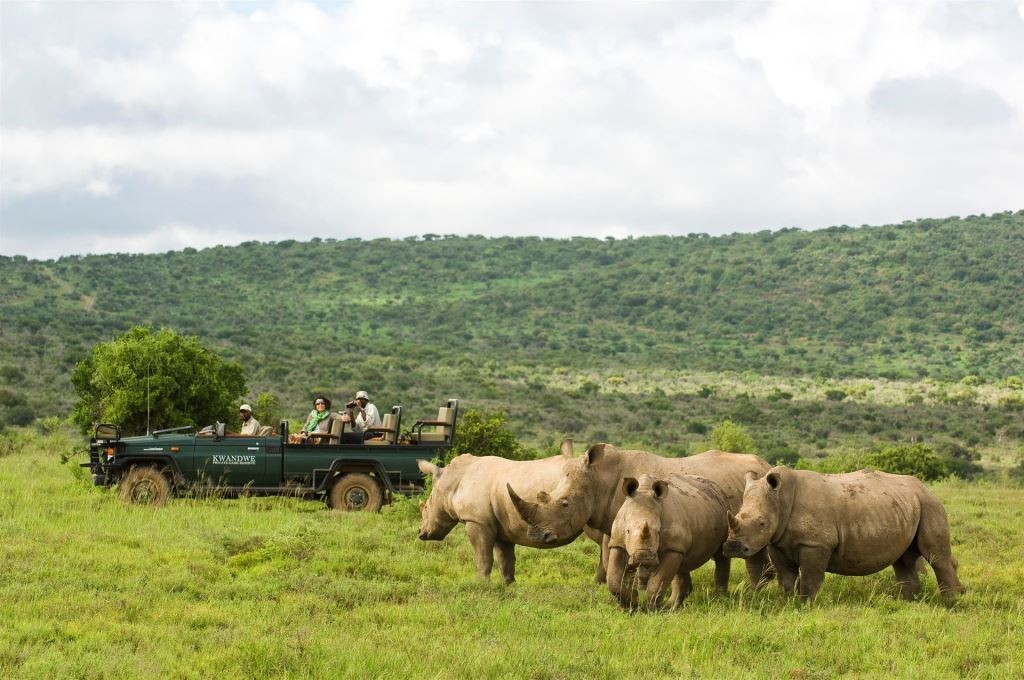
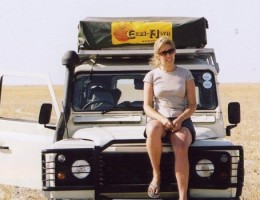
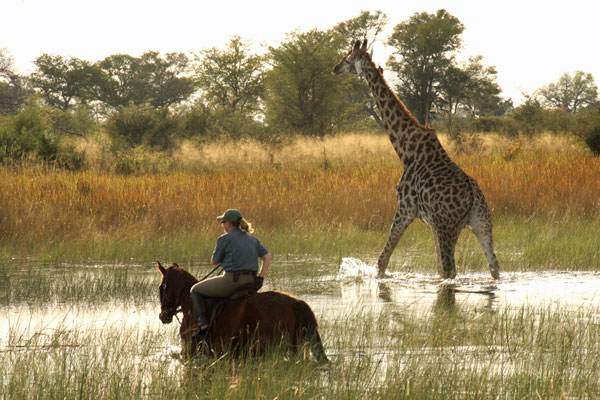
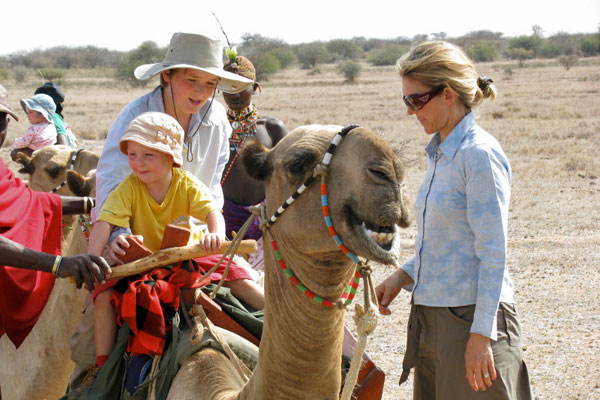 Camel safari, Kenya, Laikipia,
Camel safari, Kenya, Laikipia, 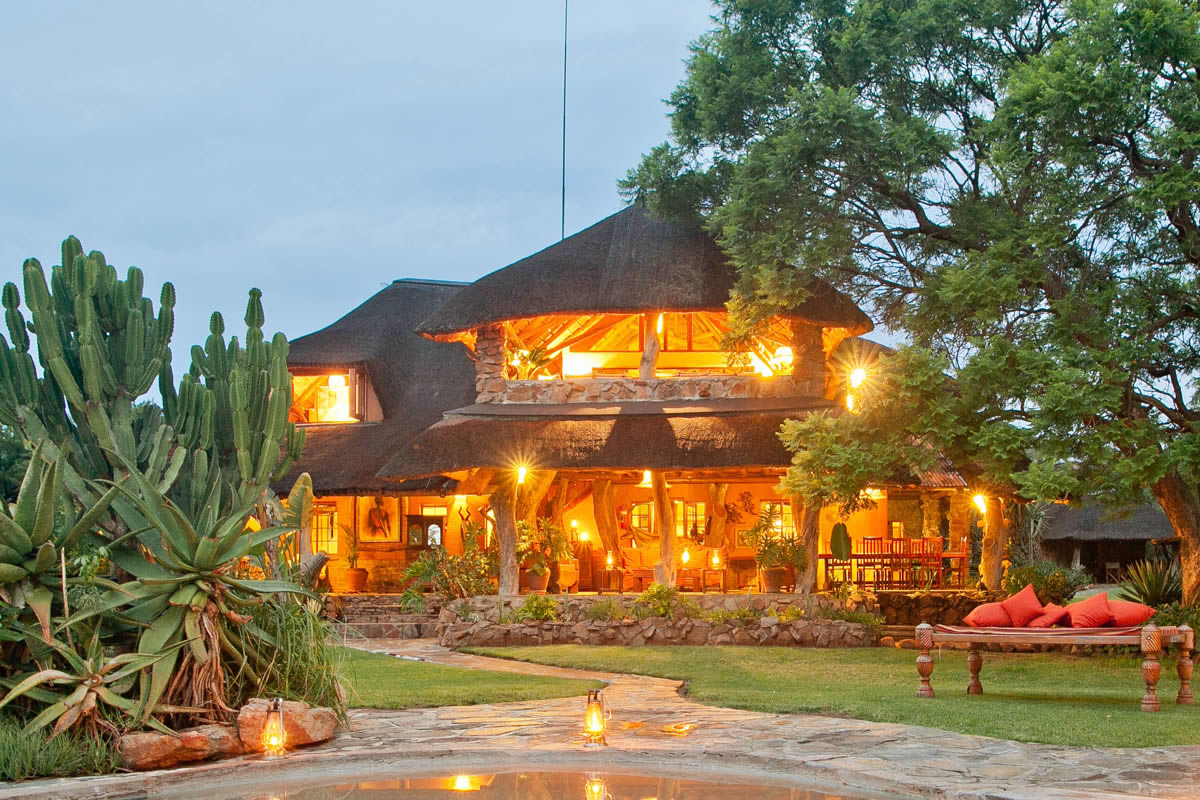 Luxury safari accommodation Waterberg, South Africa,
Luxury safari accommodation Waterberg, South Africa, 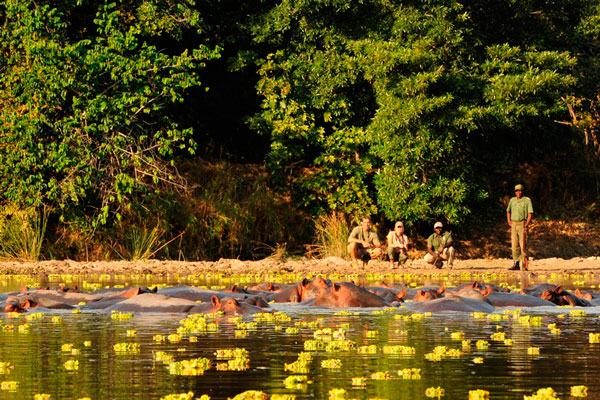 Hippos on a walking safari, South Luangwa, Zambia,
Hippos on a walking safari, South Luangwa, Zambia,
Can’t one put something like an heartrate monitor on a rhino amd as soon as the animal is in distress or the heart stops it senda alarms and co ordinates to the rangers